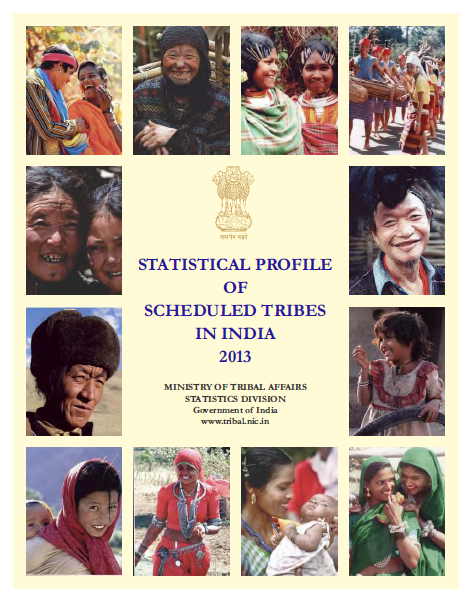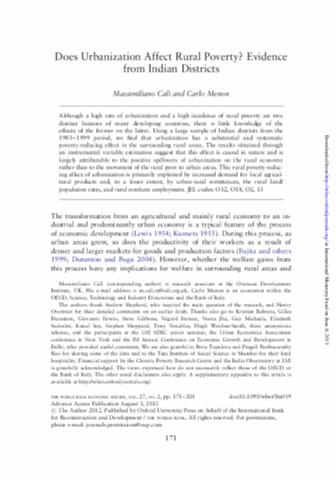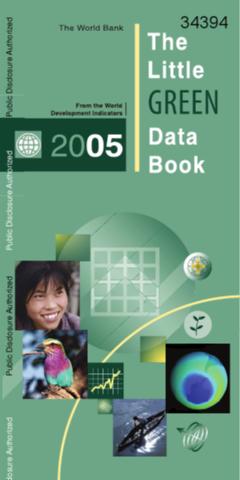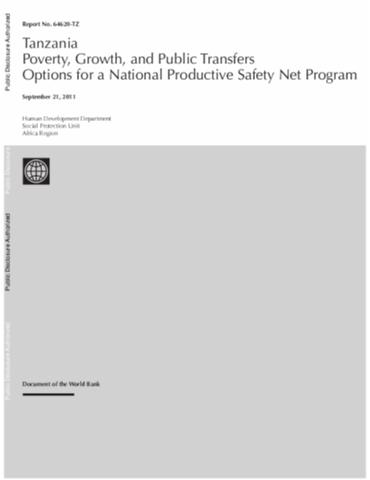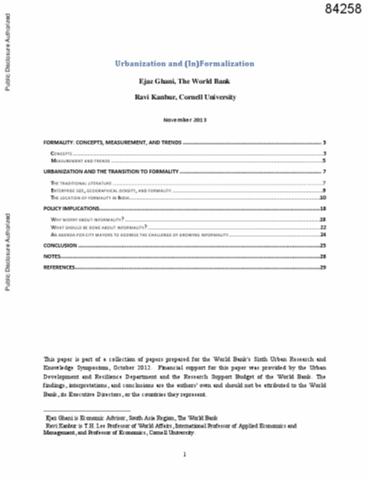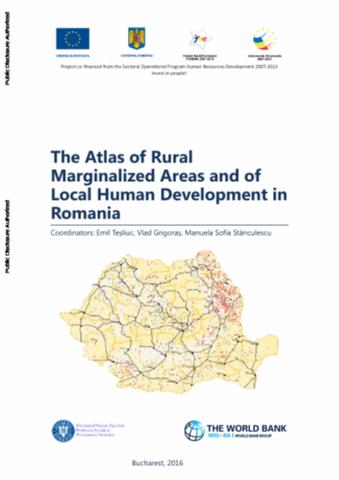Farmers' participation in soil and water conservation activities in the Chemoga Watershed, Blue Nile basin, Ethiopia
Soil erosion by water constitutes a threat to the maintenance of the subsistence living of the Ethiopian rural population. Past efforts at Soil and Water Conservation (SWC) did not bring about significant results, mainly because of the top-down approach pursued. Uprooting this past oversight and instating a participatory approach has since then been strongly recommended as the correct strategy. This paper analyses the extent of farmers' participation in current SWC activities in the Chemoga watershed, East Gojjam Zone, Amhara Regional State.


